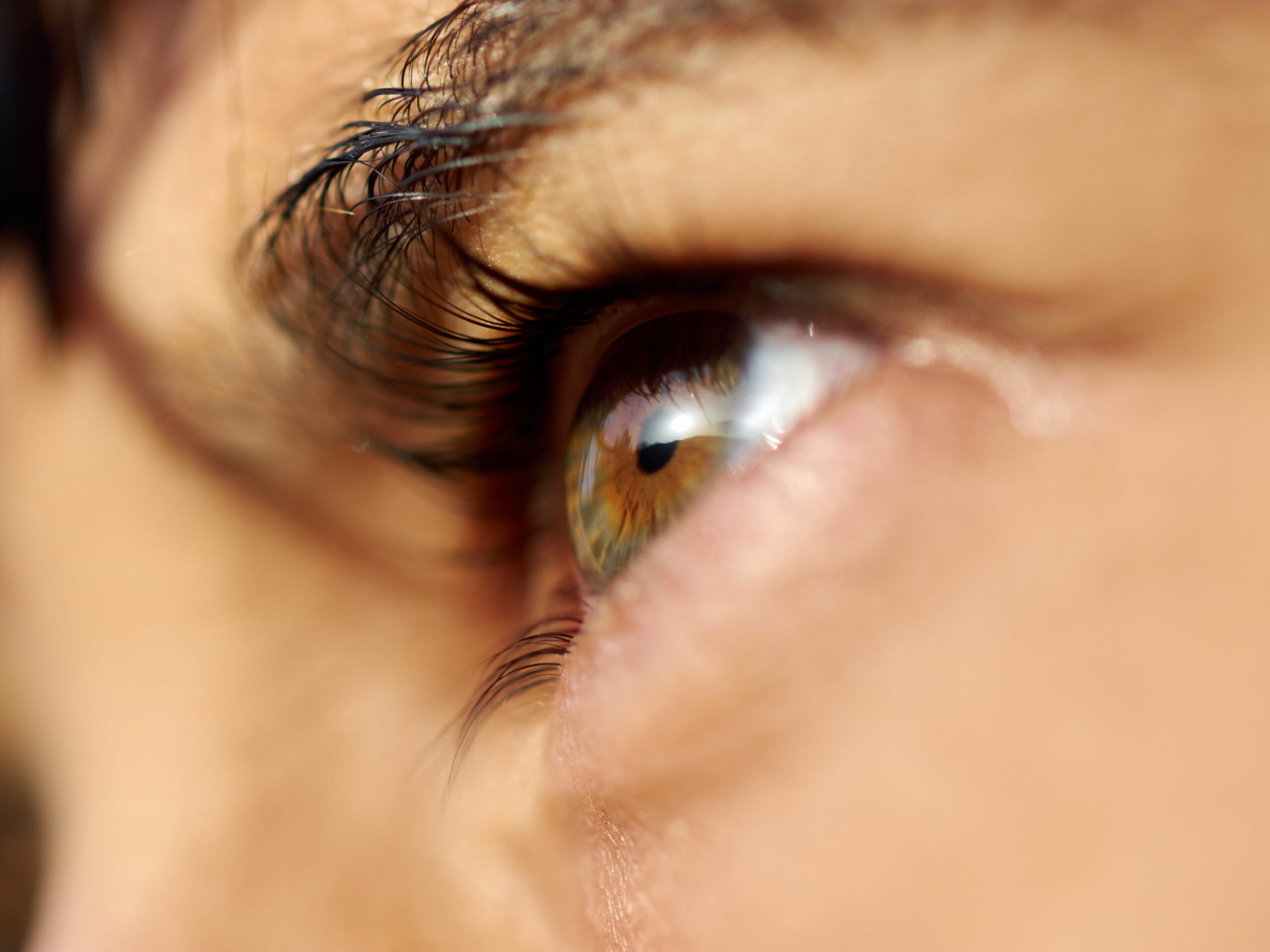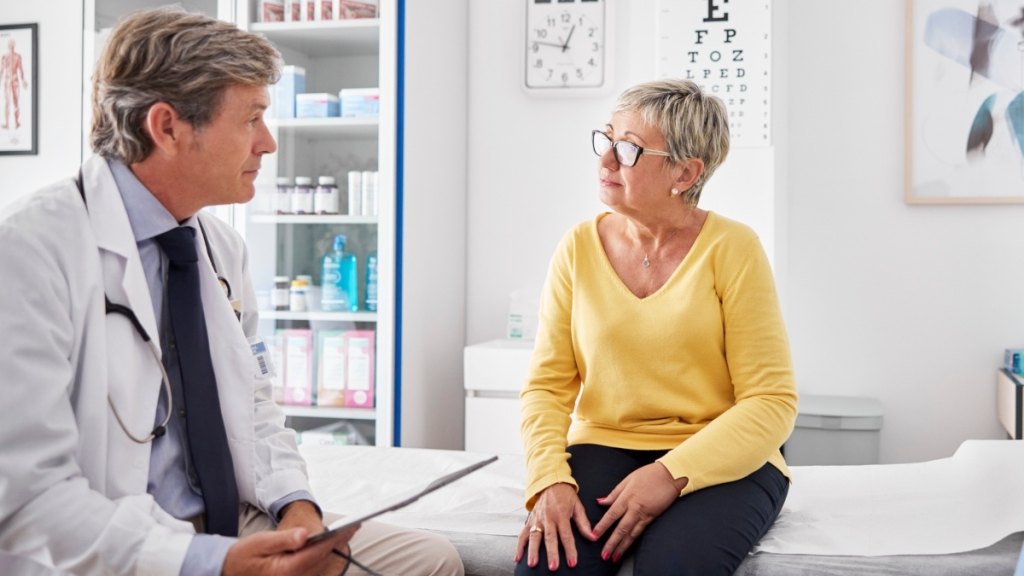Could Semaglutide Drugs Like Ozempic Be Hiding a Dark Secret Behind Sudden Blindness? Doctors Reveal What You Need to Know Now!
Ever wonder if that miracle weight-loss pill could come with an unexpected catch? GLP-1 medications like Ozempic and Wegovy have certainly stolen the spotlight for their impressive results, but beneath the buzz, there’s a whisper growing louder—a rare, yet terrifying side effect tied to vision loss. Yes, you heard right. Non-arteritic anterior ischemic optic neuropathy (NAION) sounds like a mouthful, but it’s a serious eye condition that’s now being linked to semaglutide, the active ingredient in those popular meds. The twist? While nausea and diarrhea have long been on everyone’s radar, this sneaky risk wasn’t widely known—until now. So, should you be reaching for the eye drops or the phone to call your doc? Let’s unpack what the experts say about this uncommon but unnerving potential side effect and what it means for anyone curious or cautious about GLP-1s. LEARN MORE
- GLP-1 medications have been linked to a scary side effect that involves vision loss.
- So far, there have been a few studies tying NAION to semaglutide.
- Here’s what doctors say about the rare side effect, and what you should know.
GLP-1 receptor agonist medications like Ozempic have been talked about so much that its side effects (like nausea and diarrhea) are practically common knowledge. But while many people expect some gastrointestinal discomfort on the meds, there’s growing buzz about one scary side effect that’s sparked several lawsuits: non-arteritic anterior ischemic optic neuropathy (NAION).
NAION is a rare form of vision loss that’s been linked to semaglutide, the active ingredient in Wegovy and Ozempic. It’s a rare eye condition, but it’s the second-leading cause of optic nerve blindness and can lead to permanent vision loss, according to Brigham and Women’s Hospital. The exact cause of NAION isn’t clear, but it’s believed to be caused by reduced blood flow to the optic nerve head. It’s more common in people with certain conditions like diabetes, high blood pressure, and sleep apnea, per Brigham and Women’s Hospital.
NAION comes on suddenly and can develop over a few days, according to Joseph Rizzo, MD, director of neuro-ophthalmology service at Mass Eye and Ear and co-author of a study looking at NAION and semaglutide use.
Medical experts have made it clear that studies don’t suggest that semaglutide causes NAION, but there’s been a growing body of research—and lawsuits—linking the two. To date, there are more than 2,100 lawsuits against Novo Nordisk, the makers of Ozempic and Wegovy, tied to NAION.
Meet the Expert: Howard Krauss, M.D., is a surgical neuro-ophthalmologist and director of Pacific Neuroscience Institute’s Eye, Ear & Skull Base Center in Santa Monica, California. Mir Ali, MD, board certified general surgeon, bariatric surgeon and medical director of MemorialCare Surgical Weight Loss Center at Orange Coast Medical Center in Fountain Valley, CA; Joseph Rizzo, MD, director of neuro-ophthalmology service at Mass Eye and Ear.
So, what is the link between GLP-1s and vision loss, and how worried about this should you be? Here’s the deal, according to doctors.
What does the research show?
There have been a few studies tying NAION to semaglutide. A 2024 JAMA Ophthalmology study analyzed medical records of more than 17,000 patients who were treated at Mass Eye and Ear from December 1, 2017, through November 30, 2023.
The patients were split into groups of those who had diabetes and those who had overweight or obesity. Researchers also compared people who took semaglutide for overweight or obesity, or diabetes, to patients who took other medications for diabetes or weight loss. They then looked at the rate that all of these patients were diagnosed with NAION.
The researchers found that people who took semaglutide over the previous six years had an increased risk of developing NAION. Specifically, 11 percent of patients with diabetes who took semaglutide developed NAOIN, while just 3 percent of patients with diabetes who took other medications developed the condition.
Another study published in JAMA Ophthalmology in February of 2025 analyzed data from 37.1 million adults with type 2 diabetes across 14 databases in the U.S. The researchers concluded that there’s evidence of a link between semaglutide and NAION, but that it’s a “smaller risk than previously reported.” Ultimately, the researchers said that more research is needed.
A third, recent study in JAMA Network Open, from August of 2025, analyzed data from 159,000 people with type 2 diabetes who took semaglutide or tirzepatide (Mounjaro, Zepbound). The researchers found that there was a slight risk of developing NAION on these medications, but not much. Of those 159,000 people who took the drugs, 35 (0.04%) developed the condition compared with 19 people (0.02%) in the comparison group that didn’t take the medications.
Is the increased risk significant?
Here’s where things get a little complicated. It’s easy to look at the data and think semaglutide causes a rare form of blindness, but doctors say the reality is not that straightforward.
Howard Krauss, MD, a surgical neuro-ophthalmologist and director of Pacific Neuroscience Institute’s Eye, Ear & Skull Base Center in Santa Monica, California, stresses that Mass Eye and Ear (which was behind the initial research connecting NAION to semaglutide) is a specialty clinic. With that, the organization is more likely to see extreme cases of eye health issues, which can skew the study population a bit.
But Dr. Krauss also notes that there may be something else happening behind the scenes that would cause these patients to be on semaglutide, but has nothing to do with the medication itself. “Is there a compounding factor that the sicker people with diabetes or obesity were more likely to have been prescribed semaglutide?” he says.
Those people may have already been at a higher risk of developing NAION, which could explain the higher numbers of the condition in this group, he says. Diabetes already puts you at an increased risk for NAION, and high blood pressure and sleep apnea are common complications in people who have overweight or obesity, Dr. Krauss says. Again, it may be that people who have more severe diabetes or obesity are more likely to take semaglutide over a different medication.
Also, while it’s shocking for anyone to develop NAION, this is not a common side effect. Mir Ali, MD, medical director of MemorialCare Surgical Weight Loss Center at Orange Coast Medical Center in Fountain Valley, CA, calls NAION a “rare and unusual side effect” of semaglutide, noting that the vast majority of people who use this medication don’t experience the eye condition.
Dr. Rizzo also stresses that his findings don’t mean that taking semaglutide will make you go blind—they merely found a link. “The study does not prove cause and effect,” he says.
Are the findings applicable to non-diabetic people on semaglutide?
It’s hard to say. Research has only looked at patients with diabetes and who are overweight, so doctors say it’s tough to draw conclusions based on the findings. Also, given that the studies don’t prove that taking semaglutide raises your risk of developing NAION, it’s even harder to draw this conclusion, Dr. Krauss says.
What are the takeaways?
As of right now, the research has just found a link between semaglutide and NAION. Beyond that, doctors say that more research is needed.
“The data presented do not allow a conclusion that semaglutide increases the risk of NAION, but do allow the generation of a hypothesis, which remains to be tested,” Dr. Krauss says. Meaning, this needs to be explored further.
In the meantime, Dr. Rizzo says that people who take semaglutide shouldn’t freak out about the findings. But he also stresses the importance of regular eye exams, especially if you have a condition like diabetes.
Korin Miller is a freelance writer specializing in general wellness, sexual health and relationships, and lifestyle trends, with work appearing in Men’s Health, Women’s Health, Self, Glamour, and more. She has a master’s degree from American University, lives by the beach, and hopes to own a teacup pig and taco truck one day.



















Post Comment